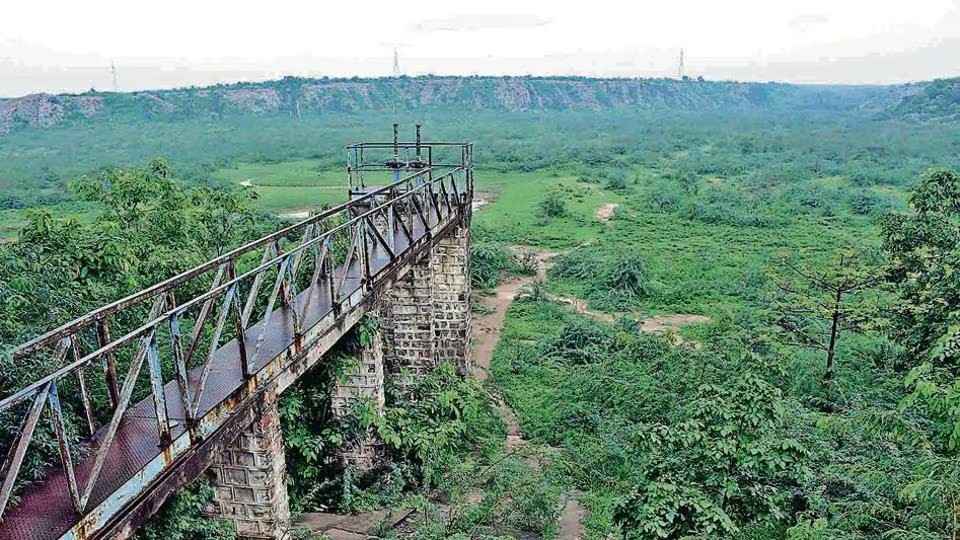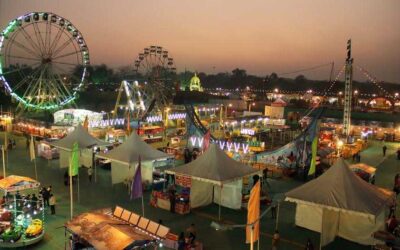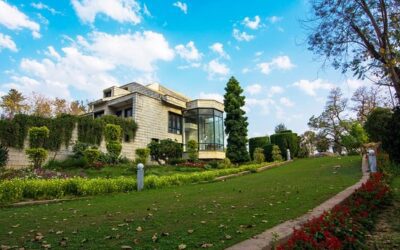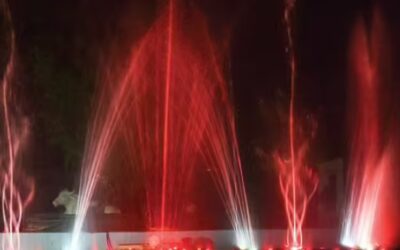For anyone who grew up in Delhi-NCR in the ’80s and ’90s, Badkhal Lake Beautification in Faridabad was a familiar weekend escape. Families came for boating, college kids sprawled on the lawns, and the Aravalli hills provided the perfect backdrop. By the early 2000s, that picture had disappeared. The lake dried up, choked by encroachment and neglect, leaving behind a barren depression where water once shimmered.
Fast forward to today, and there is reason for cautious hope. Under the Smart City Mission, Faridabad has been trying to bring Badkhal Lake Beautification back to life. Water now flows again, thanks to a sewage treatment plant that channels treated wastewater into the basin. Walkways, a marina, and lakefront structures are 80–85% complete. After decades of being forgotten, the lake is once more recognizable as a lake.
And yet, something feels unfinished. Invasive water hyacinth has spread across the surface, turning parts of it into a swamp. Work deadlines keep slipping, costs keep climbing, and the excitement that locals once felt has been dulled by years of waiting.
A Tale of Two Restorations
At the same time, another city has shown what a focused restoration drive can achieve. In Ayodhya, the makeover around the newly consecrated Ram Temple has been nothing short of transformative.
Instead of scattered works and missed deadlines, Ayodhya’s authorities followed a clear plan with firm timelines. The Ram Path corridor was spruced up with paving, landscaping, and drainage upgrades—done quickly and without tearing apart existing structures. Alongside this, a massive redevelopment plan rejuvenated ghats, widened streets, improved infrastructure, and gave the city a fresh, welcoming look.
Crucially, vendors and community members were brought into the plan. Food courts, parking facilities, and restrooms were designed with their input and run through structured contracts. This not only improved services for visitors but also gave locals a direct stake in the city’s transformation.
The result is that Ayodhya today feels like a city that blends heritage with modernity, attracting pilgrims, tourists, and businesses alike.
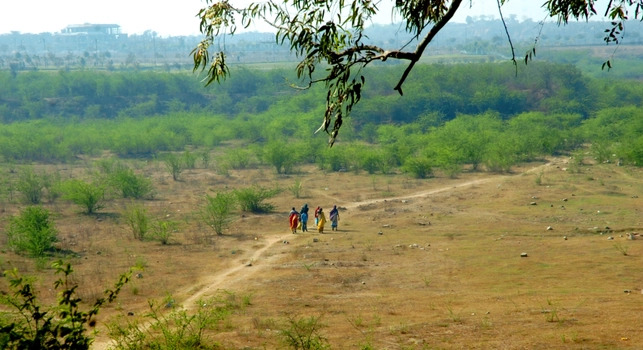
What Badkhal Lake Beautification Can Learn
The contrast between the two projects is striking. Badkhal Lake Beautification has the natural beauty, but Ayodhya shows how to make restoration stick.
- Stick to timelines. Ayodhya broke its work into phases with strict deadlines. Badkhal Lake Beautification overlapping, open-ended projects could benefit from the same discipline.
- Think holistically. Ayodhya didn’t treat heritage and infrastructure as separate—ghats, temples, landscaping, and amenities were developed together. Badkhal Lake Beautification needs a similar approach, pairing ecological revival with cultural and recreational elements like promenades, event spaces, and interpretive signage.
- Engage the community. Locals in Faridabad often feel left out of the lake’s makeover. Bringing them in as vendors, service providers, and stakeholders could change that.
- Plan for ecology, not just engineering. Mechanical removal of water hyacinth is already in the works, but Badkhal Lake Beautification needs long-term ecological management—reforestation, biological controls, and community-driven clean-up efforts—to keep the lake alive.
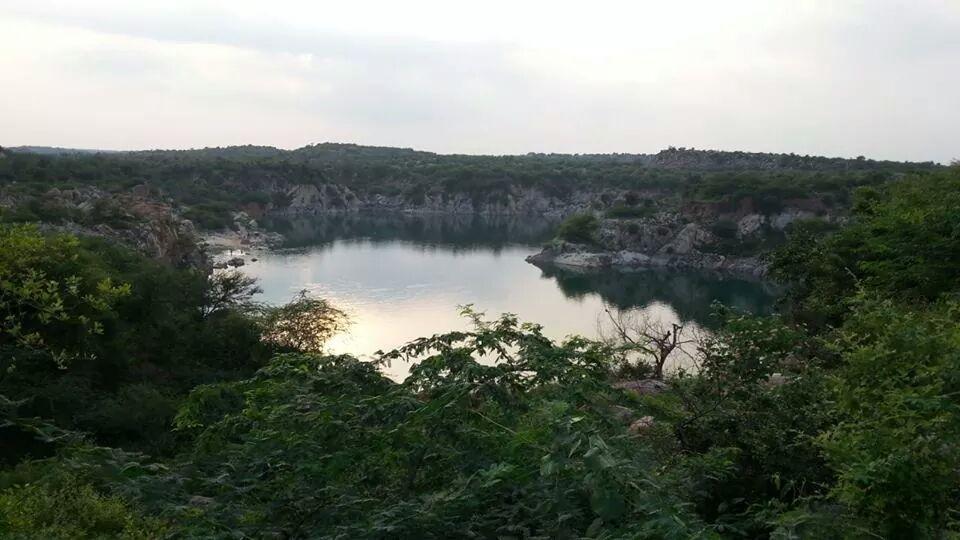
The Road Ahead
Badkhal Lake Beautification doesn’t just need infrastructure—it needs a soul. If Faridabad wants the lake to thrive, it must become more than a project site. It has to become a space where people picnic, walk, eat, perform, and feel connected.
Ayodhya’s example shows that this is possible. With phased planning, stronger coordination between agencies, vendor management, and a balance between ecology and visitor amenities, Badkhal Lake Beautification can once again be a place that families proudly point out as their lake.
The stakes are high. If the project slips further, Badkhal Lake Beautification risks being remembered only as a half-finished Smart City experiment. But with vision and urgency, it could stand as a model for how Indian cities can restore natural treasures and make them part of urban life again.

